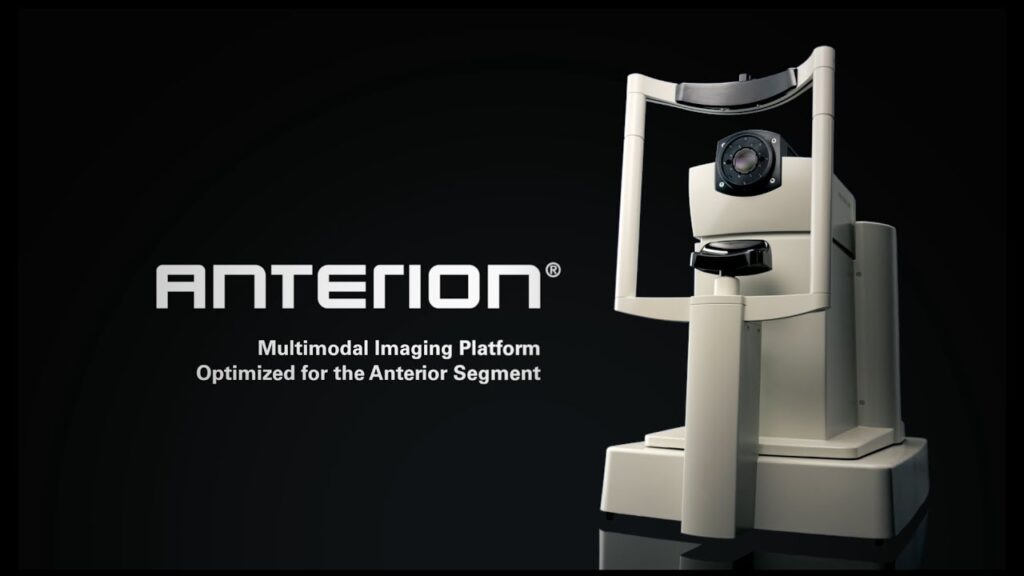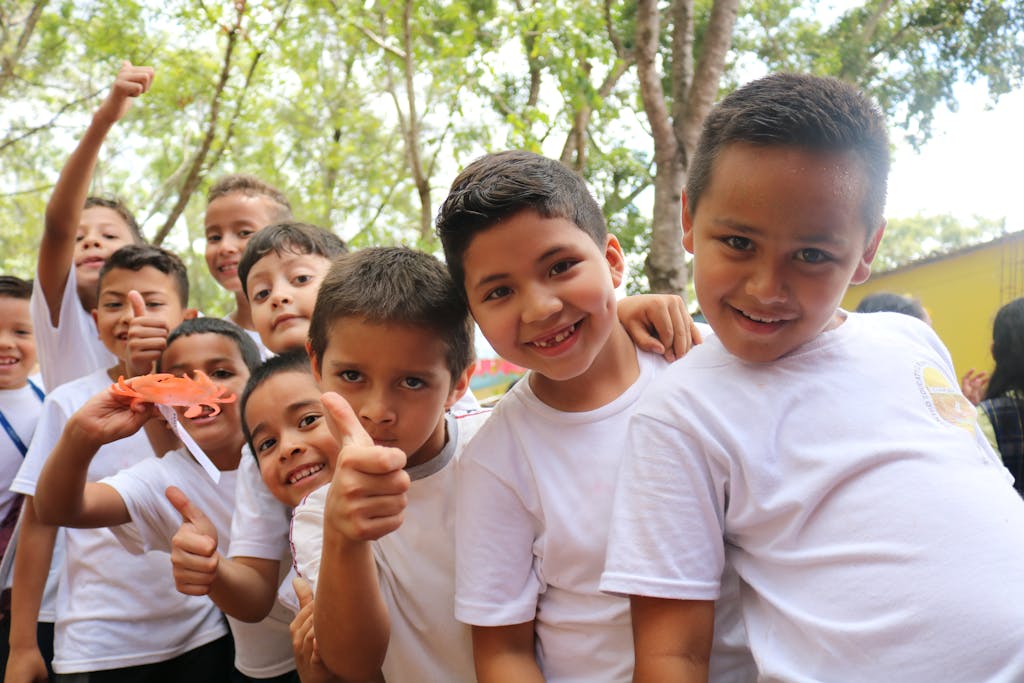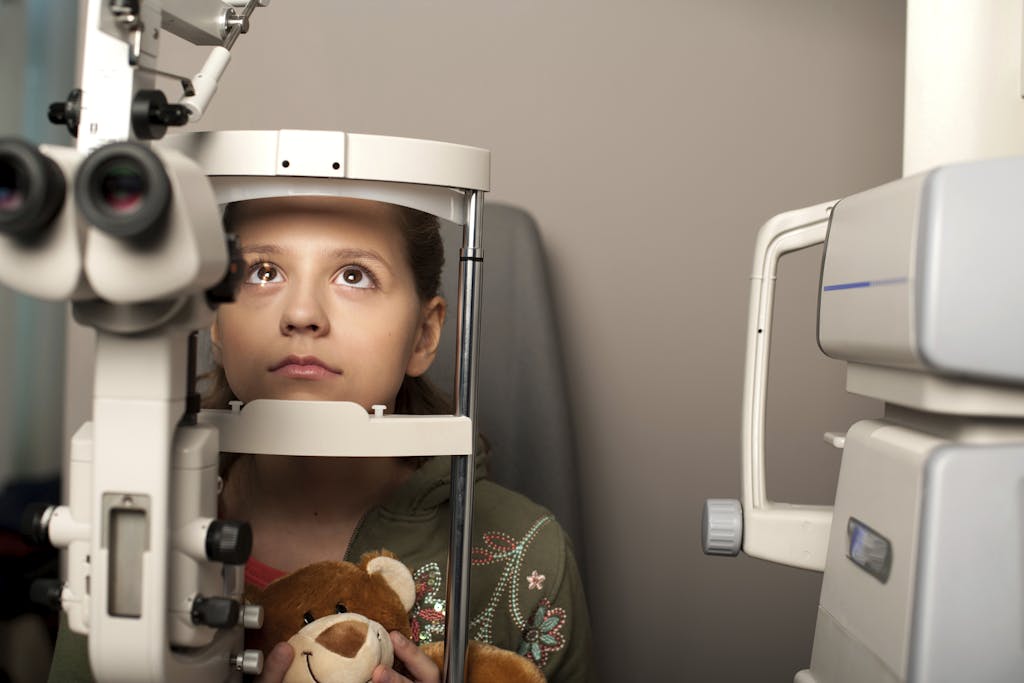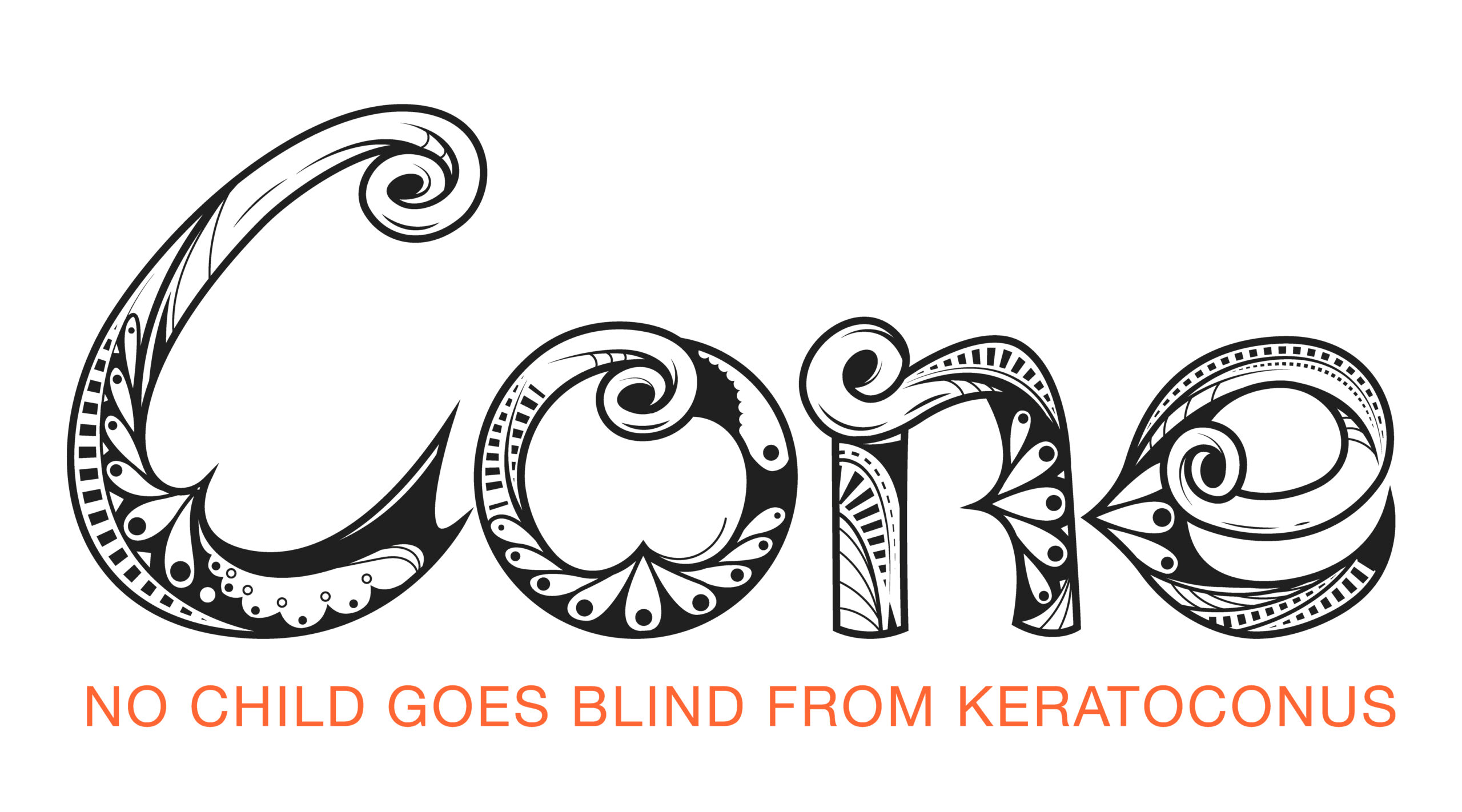7 reasons for School screening program for keratoconus
A great screening program is like a well-organized safety net—it helps catch issues before they escalate, ensuring people get the help they need at the right time. Screening programs exist for various diseases, but what makes some programs particularly effective? Let’s take a closer look at the essential components of a great screening program and why keratoconus is an ideal candidate for a national school screening initiative.
Why Keratoconus is Perfect for a School Screening Program
1. Keratoconus Often Develops in Adolescence
Keratoconus is a condition that typically starts to develop in the teenage years, often between the ages of 10 and 20. This makes schools a prime location for screening because most students are in this exact age range. The earlier KC is detected, the more can be done to slow its progression. Since the disease affects the cornea’s shape and, consequently, vision, catching it early can mean the difference between needing mild corrective lenses and potentially more invasive treatments later in life.
2. Progression Can Be Managed with Early Detection
- One of the best arguments for a keratoconus screening program is that early detection can lead to treatments that slow or even halt the progression of the disease.
- For example, corneal cross-linking is a treatment option that strengthens the cornea, often preventing further thinning and deformation. However, this treatment is most effective when done early
- If KC progresses too far before being detected, treatment options become more limited and expensive, often involving the need for corneal transplants.
3. Prevalence is Higher Than You Think
Although keratoconus isn’t as well-known as other conditions, it’s not exactly rare. Studies suggest that its prevalence is much higher than previously thought, affecting anywhere from 1 in 500 to 1 in 2,000 people. These numbers suggest that KC is relatively common, meaning a national screening program would have a significant public health impact.
Considering how vision is central to academic performance and overall quality of life, addressing keratoconus through screening can improve outcomes not just in health, but in education as well.
4. Simple, Non-Invasive Screening is Possible
Simple, Non-Invasive Screening is Possible



Fortunately, keratoconus can be detected with simple, non-invasive methods. Corneal tomography is a tool used to map the surface of the cornea, detecting any irregularities that might indicate the early stages of keratoconus. While this equipment may sound fancy, it’s relatively easy to use, doesn’t require direct contact with the eye, and provides quick results. This makes it an ideal tool for mass screenings in schools.
There are various devices that can be used to perform the screening. In 2017 a swept source OCT scanner was released. This has simplified the process of screening There are even more basic tests, like slit-lamp exams or keratometry, that could serve as initial screening methods to identify those who might need more thorough topographic analysis.
5. The Socioeconomic Impact of Undiagnosed KC
- Undiagnosed keratoconus can lead to a gradual loss of vision, which has enormous impacts on daily life.
- In school-aged children, this means difficulty seeing the board, reading, or using screens—all essential for modern education.
- Without intervention, students may struggle academically, potentially leading to lower self-esteem and reduced career prospects.
- Early detection can prevent these outcomes, helping students stay on track and achieve their full potential.
Additionally, by screening for keratoconus in schools, we can help reduce the socioeconomic burden of undiagnosed vision problems. For families who may not have access to regular eye care, a school-based screening program ensures that every child has a chance to receive the care they need.
6. Preventing the Need for Invasive Treatments
As keratoconus progresses, the options for treatment become more invasive and expensive. In its later stages, keratoconus can require corneal transplants, which come with their own risks and long-term complications. By catching the disease early, a screening program can help reduce the number of children who end up needing these more drastic interventions. Instead, they can benefit from less invasive treatments, like contact lenses or corneal cross-linking.
7. Vision is Crucial to Learning and Development
A child’s ability to learn is closely linked to their vision. Many children with undiagnosed keratoconus may struggle with tasks that require clear vision, such as reading or participating in sports. This can lead to academic underachievement and social difficulties, both of which can have long-term consequences. A school-based screening program ensures that these children get the help they need to stay engaged and succeed in their education.

Now that we have an idea of why Keratoconus is a particularly good candidate for a national school screening program, let’s dive into what makes good screening program.
What Makes a Great Screening Program?
1. Early Detection
One of the main goals of any screening program is to catch a problem early, ideally before any noticeable symptoms arise. Early detection can prevent the disease from progressing and can even improve the chances of treatment success. A great screening program is one that identifies people who are at risk or in the early stages of a disease, especially for conditions that don’t show obvious signs right away. In other words, it’s proactive, not reactive.
2. Cost-Effective
A well-designed screening program should be cost-effective. Screening everyone for every condition isn’t feasible or practical, so programs need to focus on conditions where early detection has a meaningful impact. It should also take into account the cost of follow-up care and treatment. This doesn’t mean that the cheapest program is the best one, but rather that the benefits should outweigh the costs for both the individual and the healthcare system.
3. Simple and Non-Invasive
People are more likely to participate in screening programs that are easy, quick, and non-invasive. If the screening process is too complicated or uncomfortable, fewer people will take part, limiting the program’s effectiveness. Simplicity also helps make the program scalable, so it can be rolled out across large populations.
4. Targeting the Right Population
For a screening program to be effective, it must target the right people. In some cases, this means focusing on people who are at higher risk due to genetics, age, or lifestyle factors. In the case of school-based programs, it means reaching children and adolescents at a critical time when early intervention can make the biggest difference.
5. Reliable and Accurate Testing
A screening test needs to be reliable, providing accurate results that healthcare providers can act on. This means the test should have high sensitivity (catching as many true cases as possible) and high specificity (not flagging too many false positives). False positives can cause unnecessary anxiety, while false negatives can leave people with untreated conditions.
6. Clear Pathways for Follow-Up Care
A good screening program doesn’t stop at detection. There needs to be a clear and accessible plan for follow-up care for those who test positive. Whether that’s more diagnostic testing or treatment options, the program should ensure that individuals who need help know where and how to get it.

Conclusion
In summary, keratoconus is an ideal candidate for a national school screening program. The disease often starts in adolescence, it’s relatively common, and early detection can make a significant difference in managing its progression. By implementing a screening program in schools, we can catch keratoconus early, provide students with the care they need, and prevent more severe vision loss later in life.
Not only would this improve the quality of life for affected students, but it would also reduce the overall socioeconomic burden of untreated vision problems. In short, a keratoconus screening program in schools could be a game-changer for public health and education.






